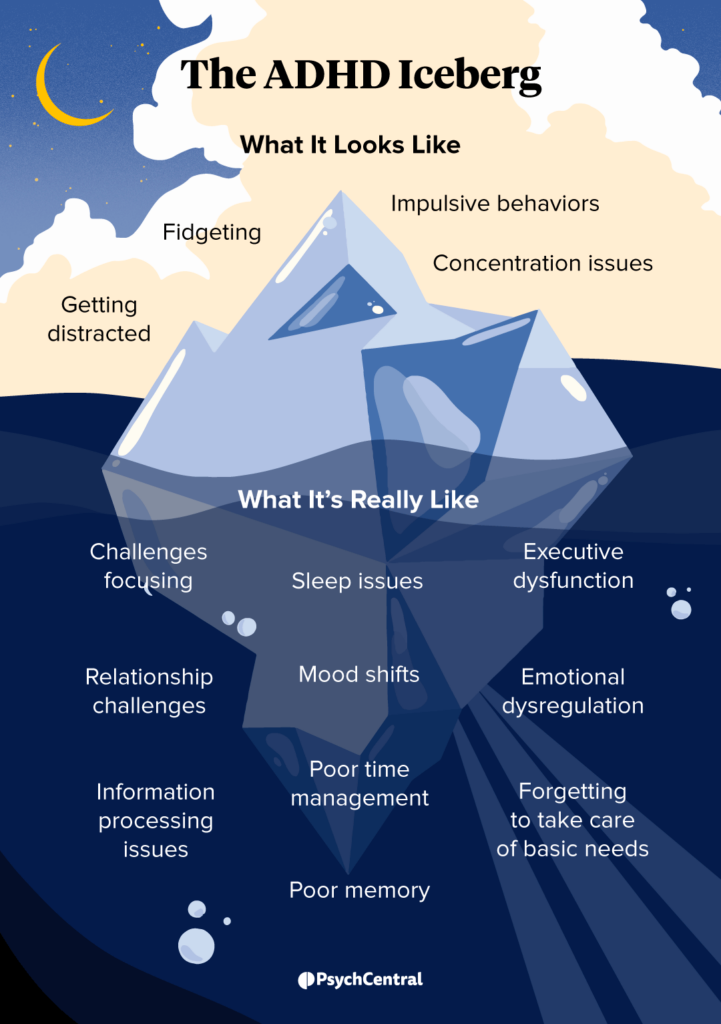Girls with ADHD - Unique Challenges
- Cynthia Yoo
- Nov 27, 2022
- 4 min read
Updated: Jun 12, 2025
The vast majority of research and literature on Attention-Deficit/Hyperactivity Disorder (ADHD) pertains to boys. In light of the growing need and demand to understand ADHD as it presents in girls, this article will focus on the unique challenges that girls with ADHD experience.
What are some key differences between boys and girls with ADHD?
Boys tend to be diagnosed with the hyperactive-impulsive presentation of ADHD, presenting as very physically active, impulsive, and rough.
Girls tend to be diagnosed with the inattentive presentation of ADHD, presenting as daydreamy, forgetful, and disorganized.
Girls diagnosed with the hyperactive-impulsive presentation tend to present as extremely emotional, flighty, chatty, and demanding. They are often misunderstood and labelled as social butterflies, tom boys, drama queens, highly sensitive, overemotional, bossy, selfish, stubborn, or controlling.
Girls with ADHD are often misunderstood because they smile on the outside and keep their struggles to themselves. They tend to get overlooked and are usually diagnosed at a later age than boys.

Research shows that adults and children are more accepting of boys with ADHD than girls with ADHD. Why do girls with ADHD have a harder time?
Social norms and expectations create additional challenges for girls with ADHD. From a young age, girls are taught and expected to sit still, be quiet, do as they’re told, keep tidy and organized, be considerate, and mind their manners. Girls with ADHD don’t follow these social rules.
Girls with ADHD tend to live in the moment, get easily distracted, and act on their raw emotions. They often lack self-awareness and the ability to take other people’s perspectives into consideration. As a result, they often misinterpret or miss social cues, misperceive other people’s behaviors, and struggle to fit in. They may appear self-centred, energetic, erratic, easily upset, defiant, pushy, and/or demanding.
Girls with ADHD want to be accepted, but often find themselves socially isolated (i.e., bullied, ostracized, rejected, or neglected). Many girls develop low self-esteem and anxiety in social situations. This feeds into a vicious cycle of increased social-emotional challenges and decreased self-confidence.
How do girls with ADHD do in school?
A core struggle for all kids with ADHD involves difficulty with attention/focus, memory, learning, organizing, and planning. These are all critical skills for academic success.
Girls with ADHD tend to do extra work behind the scenes to keep up with their peers, not understanding that they have a brain-based disorder. This means that many young girls with ADHD fly under the radar and are unnoticed for their struggles.
As their workload increases, girls with ADHD begin to fall more and more behind as they don’t have the capacity to keep up with their demands. This can result in significant harm to their developing sense of self-worth, competence, and confidence. This feeds into a vicious cycle of increased academic challenges and decreased self-confidence.
Because of their previous successes, many girls are told that they can do better and that they just aren’t trying hard enough. Many girls with ADHD feel invalidated, frustrated, and misunderstood.

Girls with ADHD want to do well. They try their best and continue to fall short of their demands. What does this mean for their developing sense of self?
As girls struggle to manage their attention, emotions, and behavior - and continue to experience negative outcomes - they become frustrated with themselves. In the midst of their internal struggles, they further tend to be misunderstood by others and receive constant negative feedback from adults and peers alike.
Girls with ADHD are susceptible to a range of risk factors, including low-self-esteem, risky behavior, substance-use, self-harm, and suicidal ideation. Girls are more often noticed for their low mood or negative self-esteem that results from their struggles with ADHD than for symptoms of ADHD itself. Many are misdiagnosed with depression or anxiety.
We need to be aware of ADHD as it presents in girls so that we can identify their struggles early on, help them get assessed for their challenges and needs - and mobilize appropriate resources to decrease their obstacles and maximize their capacity. Treatment can include medication, counselling, and coaching to address challenges with impulsivity, mood, executive functioning, self-esteem, and more. With the right support, girls with ADHD can develop their sense of self-competence, confidence, and efficacy toward resilience and success. When we fail to understand ADHD in girls, these girls remain unseen, unheard, misunderstood, and alone in their struggle.
- Written by Cynthia Yoo, Registered Psychologist -
Articles:
Books on girls with ADHD:
Understanding Girls with ADHD - by Kathleen G. Nadeau, Ellen B. Littman & Patricia O. Quinn
Raising Girls with ADHD - by James W. Forgan & Mary Anne Richey
Resources:
Childmind Institute - resource for mental health and learning disorders
Understood - resource for learning and attention issues
CanLearn Society - helping children, youth and adults with learning, literacy, attention and related mental health challenges



Comments